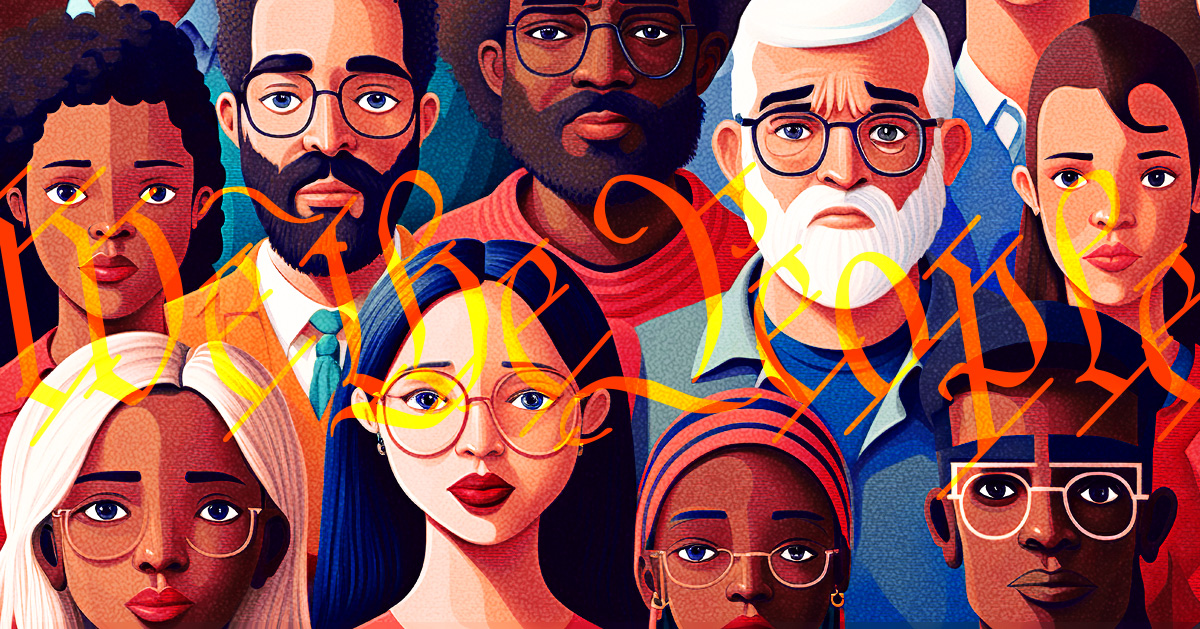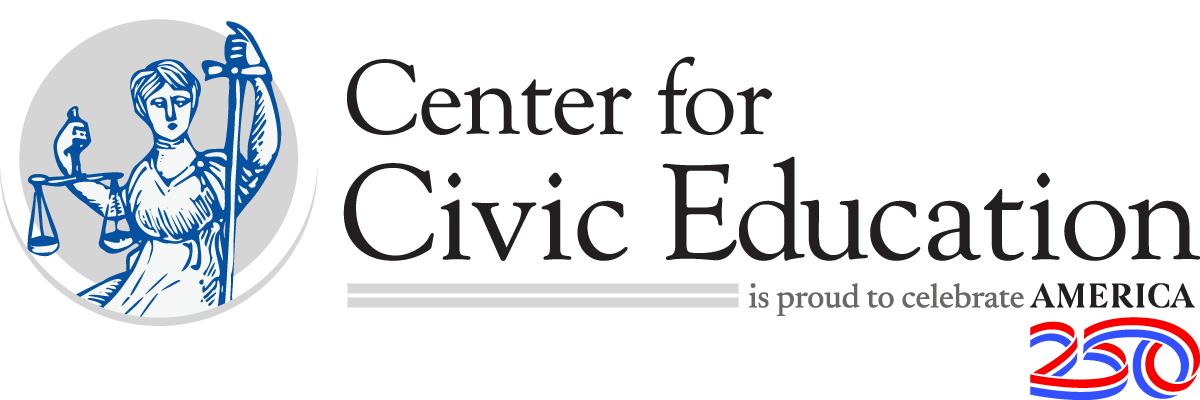
Who Are We the People?
Written in 1787, the Constitution has only been amended 27 times in more than 230 years. That’s not to say the document the Framers created was perfect. Its most glaring errors include the omission of recognition for all citizens and a failure to halt slavery. In this lesson, students will examine how the definition of “We the People” has evolved since the beginning of this grand experiment in democracy.
Lesson Plan: Day 2
- The suggested group arrangement for this activity is groups of three, featuring one student expert to represent each of the three citizen groups explored in the previous lesson—women, indigenous people, and people of African descent.
- Tell students that we will continue our inquiry in examining the meaning of “We the People.”
- Display today’s supporting question: “How has the Constitution evolved in its representation of ‘We the People’?”
- Ask students to share their initial responses to this question.
- Consider recording answers on an anchor chart.
- Tell students we will now explore how voting rights have evolved for the three citizen groups we investigated in the previous lesson—women, indigenous people, and people of African descent.
- Students will utilize the Impact of Evolving Rights graphic organizer to collect evidence as they examine the Evolving Voting Rights Timeline.
- Preview the Impact of Evolving Rights graphic organizer together to ensure students understand the purpose and expectations.
- Encourage students to serve as the experts for their assigned citizen group.
- Direct students to take their time to examine each governmental action on the timeline. Students may refer to their completed Constitutionally Denied graphic organizer or the Denied Representation Resource Bank for additional support as needed.
- Give students ample time to explore the timeline as a group.
- Circulate the room, encouraging each group, observing progress, and redirecting as needed.
- Return class to full-group format to review the Impact of Evolving Rights graphic organizer by conducting a class discussion which may include the following questions:
- Which governmental actions expanded voting rights?
- Which governmental actions denied voting rights?
- What limitations did each action have?
- Which branches of government were involved in these actions?
- What commonalities did you find in the governmental actions?
- What differences did you find in each governmental action?
- Is there still room for evolving the definition of "We the People?"
UDL
- The teacher may wish to model how to evaluate the evolving rights by completing the graphic organizer for one of the governmental actions.
- Consider allowing students to utilize a speak-to-type feature to record their answers on the graphic organizer.
- Utilize a text-reader function when needed.
ML
- Provide the graphic organizer translated into the native language of students as needed.
- Translate the timeline to the native language of students as needed.
- Provide class discussion questions translated into the native language of students in advance as needed.
- Congratulate the young scholars on conducting this inquiry investigation.
- Ask students our compelling question: "Are all people recognized in 'We the People’?"
- Remind students that we voted on this question the previous day. Encourage students to self-reflect to determine if their vote has changed.
- To answer the compelling question, students will create a social media post using the Recognizing We the People template.
- If time allows, display completed Recognizing We the People posts and conduct a gallery walk, allowing students to observe each others' claims and justifications.
- Consider utilizing the Inquiry Reflection Tool for student self-reflection.
UDL
- The teacher may provide examples of social media posts for reference.
- The teacher may wish to model how to use the assessment tool.
ML
- Utilize a text-reader function when needed.
- Allow students to translate the social media post into their native language.
Extension
- If time allows, students could investigate which citizen groups are not represented in "We the People."






